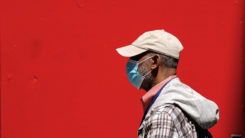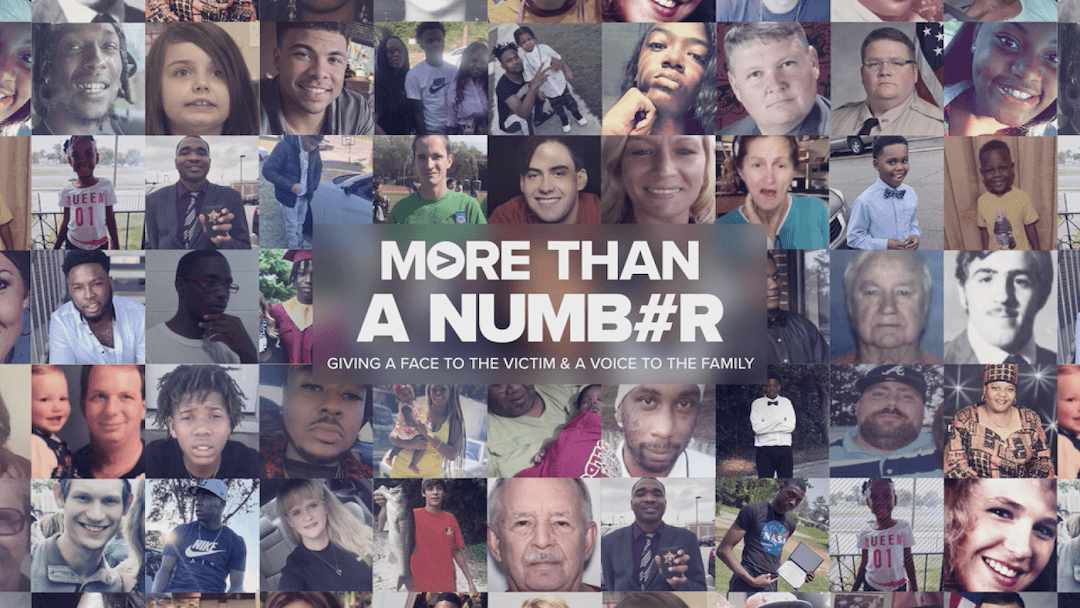City guides, the type of “did you know?” packages that are meant to serve locals and visitors alike, are a staple of local news. They often take the shape of tips and picks of area restaurants, landmarks, nature spots and attractions that readers or viewers may not already be familiar with, told by reporters who combine research with on-the-beat knowledge.
As part of the Poynter-Koch Media and Journalism Fellowship’s mission to focus on local journalism, several members of the most recent class created innovation projects that took the form of guides like this. Some focused on a city’s attractions such as its food scene or culture, while others looked at town neighborhoods or main thoroughfares across a state. Each of them sought to give readers a way to learn more about the area where they live.
We spoke to five of the fellows from the program about what they covered and how those projects took shape.
Getting Tampa newcomers out on the scene
When Anila Lijo, a newsletter producer at the Tampa Bay Times, started putting her guide together, she decided to focus on people who were new to the multiple counties that make up the area.
“I thought of myself when I moved to the Tampa Bay area and how much a guide like this would have helped me to understand the place better,” she said.
Rather than creating new stories, her project focused on organizing reports from the Times’ life and culture team under one landing page. Lijo tagged stories that fit on the page and kept it dynamic. “Once a day, I update the lead story to make sure the page is fresh.”
The project tackled a problem that news outlets with lots of good local stories continually face: making sure those stories can be found and that they don’t disappear when the information in them will be relevant for a long time.
Lijo said she learned a lot about Tampa’s food scene by working on the guide page and feels more like an expert. She said she can “confidently guide anyone that has any questions about the area, which I think is a huge win.”
Spotlighting Utah’s unique streets
Salt Lake Tribune culture reporter Palak Jayswal took on the entire state of Utah as her project. “That seems dramatic,” she said, “but each story in my project will focus on a main/historic street in a Utah city … what makes that street unique. Often, main or historic streets are the heart of the city — they share its history and what’s happening there now.”
Jayswal says she wanted to inform newcomers to the state as well as those who believe they already know all there is to know about their towns. The first of the series, about Spanish Fork’s main street, was published in April and, like future installments, it includes photos and video and information about local businesses as well as details about culture, history and city planning. A Google Form allows readers to submit ideas for future stories.
Jayswal says she’s enjoying learning the quirks and history of cities across Utah. “As a lifelong Utahn, every time I embark on one of these stories, I feel like I get to know my home state a little better. … It’s like being a travel writer, but in your home state.”
A Madison guide brings the fun
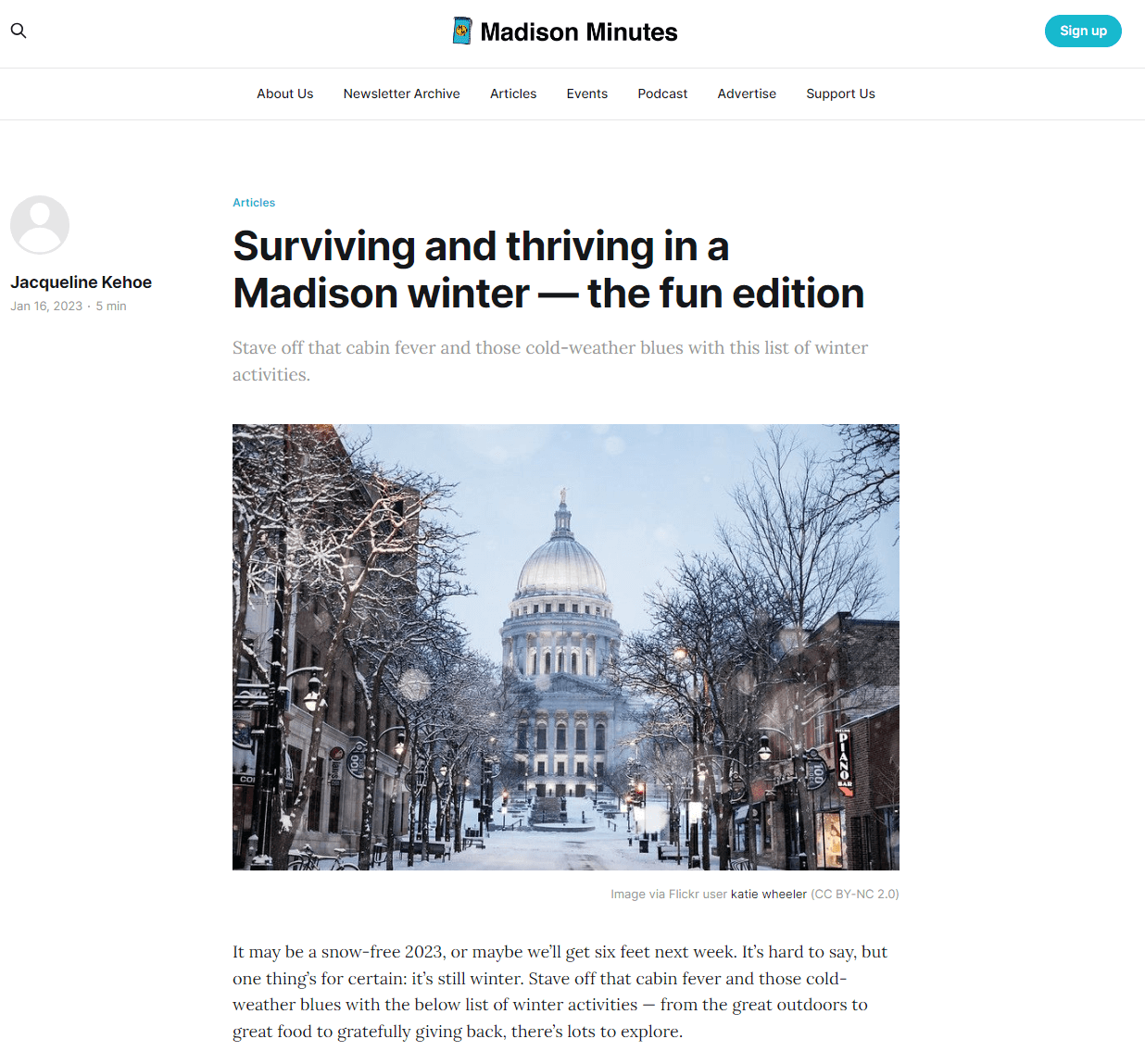
The newsletter Madison Minutes launched a series of guides to help locals, including its winter survival guide’s “Fun Edition,” which added lots of extra tips to get people more involved in their community. It was spearheaded by Madison Minutes co-founder Hayley Sperling. (Courtesy: Madison Minutes)
Hayley Sperling, the co-founder of the independent newsletter Madison Minutes, took a guide to surviving winters in the city and expanded it into what became her innovation project.
She said feedback from readers over the first draft of the winter guide led to the creation of a “Fun edition” that shot off in all different directions and includes festivals, sporting events and volunteer opportunities. Other guides in the series include a civics guide to get involved in area government and the Ultimate Madison Dictionary featuring acronyms, places and people newcomers should learn. It includes entries such as “Dancing Dave,” (aka David McKay), a local DJ known for dancing on the city’s streets.
Future additions to the series may include concert and neighborhood guides; she says the newsletter is looking to partner with schools and organizations to republish the guides to extend their reach.
Sperling worked with local freelancers to map out and execute the project and took in feedback from readers and friends, “To help fill in the blanks,” she said. The guides are targeted to all audience members, Sperling said, to “help newbies and veterans alike live their best lives on the isthmus.”
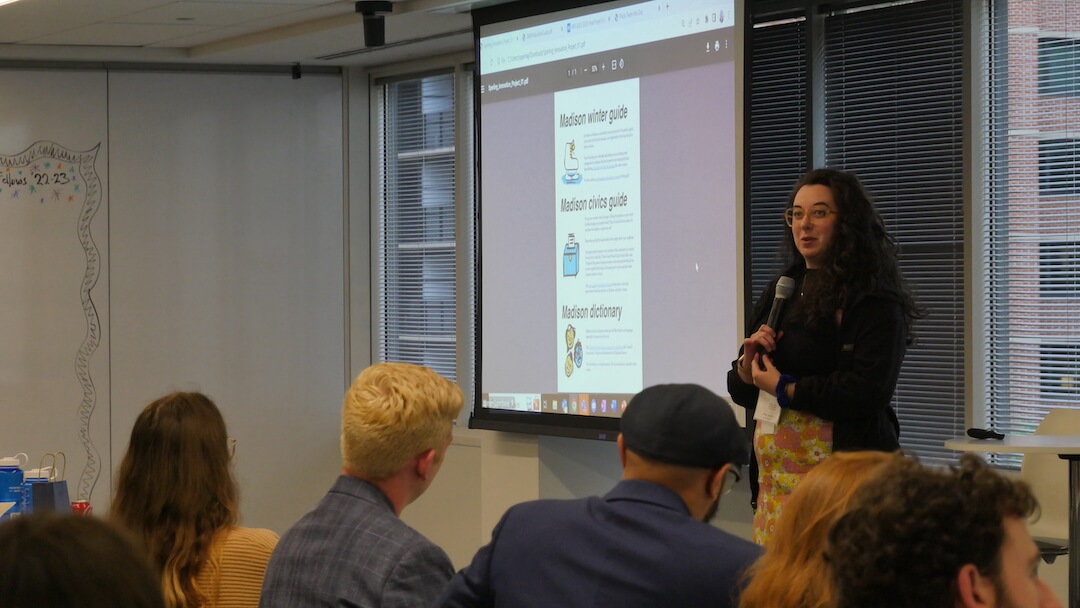
Madison Minutes co-founder Hayley Sperling presents her Poynter-Koch Media and Journalism Fellowship project in Washington D.C., in May. Her project was a series of city guides for readers in Madison, Wisc. (Courtesy: Gil Asakawa)
Mapping out Charlotte’s most recognizable neighborhoods
In creating an interactive map of local neighborhoods, Charlotte Observer growth and development reporter Gordon Rago says he wanted to give newcomers “a connection to the city they’re living in.”
That includes showing points of interest such as restaurants, entertainment venues and public parks as well as the general geography of the area. Rago says some of these areas are rapidly changing and the guide will help readers keep up with the latest goings-on.
As one of the fastest-growing cities in the country, Charlotte is home to lots of new residents who may be looking to find the area’s historic neighborhoods as well as “the best local hangouts and top spots to get pimento cheese,” Rago said.
Dishing on the Kansas City food scene
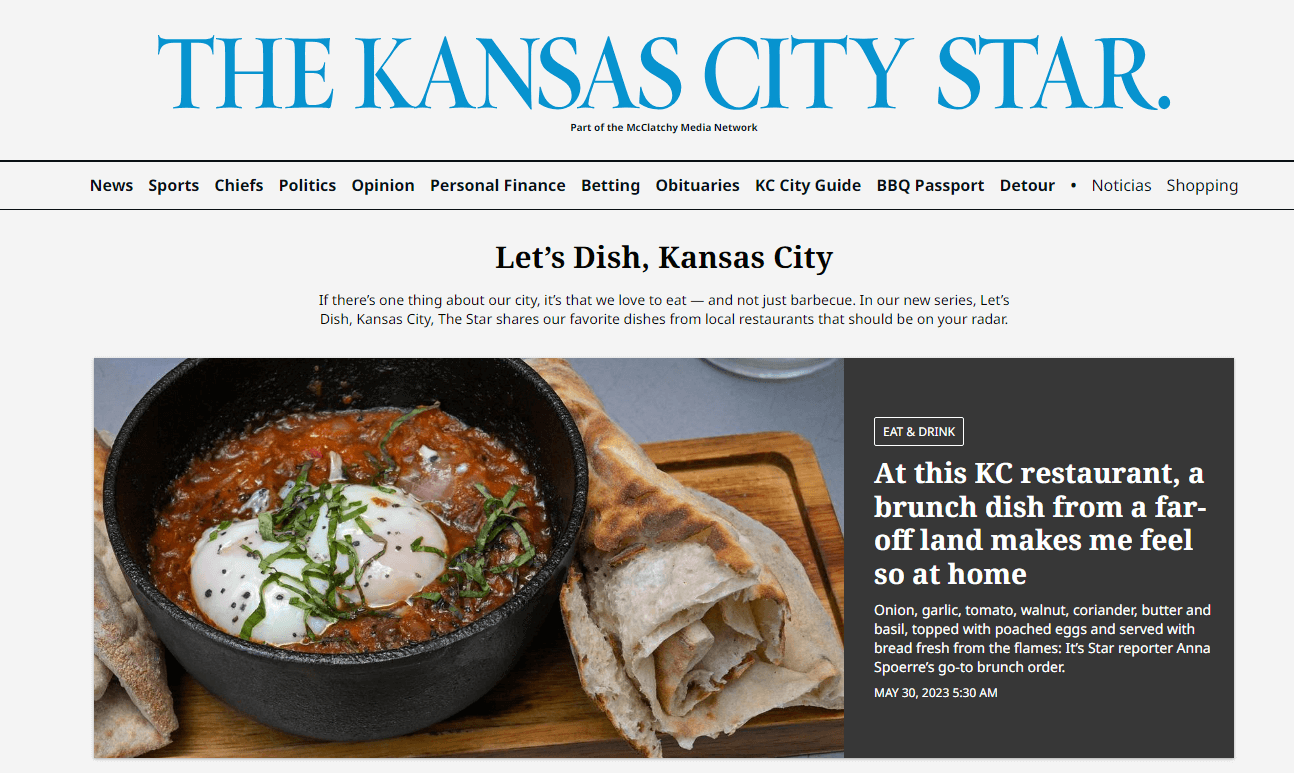
“Let’s Dish, Kansas City” was a food journalism project from audience growth producer Alison Booth that recruited newsroom reporters to write about their favorite local restaurants. (Courtesy: Kansas City Star)
In figuring out a new way to cover Kansas City’s vibrant, diverse food scene, audience growth producer Alison Booth decided to look within the newsroom. Her innovation project, “Let’s Dish, Kansas City,” asked reporters to pick their favorite eating spot and write about 800 words about it. “This wasn’t too hard,” Booth said, “it was a fairly appealing ask.”
The idea was to write about “renowned restaurants in the city, small dives in the suburbs and everything in between,” less as reviews and more as a “celebration” of local eats, Booth said.
The stories — which include odes to gluten-free Emily Kate’s Bakery and football coach Andy Reid’s favorite burger joint, Town Topic hamburgers — were given a big push on social media and accompanied by a newsletter for the project, which has already yielded several dozen stories.
Booth says she was most surprised by how personal the project became for everyone involved. “It turned into such a lovely way for me — and our readers — to get to know our newsroom on a different level.”
This story is part of a series profiling innovation projects from the 2022-2023 Poynter-Koch Media and Journalism Fellowship. The projects were presented at a May summit in Washington, D.C.




